
Gardening is a joy; there’s no denying it. I love walking barefoot along the sun-warmed paths of my garden, nibbling on a green bean or two, tucking a few tomatoes in my basket, and pulling up a weed here and there.
Even with this bucolic picture in mind, I know there’s always room for improvement.
Whether you’re just getting started or you’ve been gardening for decades, you could be doing something that can make growing vegetables harder.
And let’s face it, gardening is a lot of work without making things harder on ourselves.
In an effort to save all of us a little time and frustration, I collected 29 of the most common gardening mistakes folks make when growing vegetables. You can use this list as a preventative read or as a personal checklist to prove you’re already nailing it.
General Gardening Mistakes
1. Skipping the Soil Test
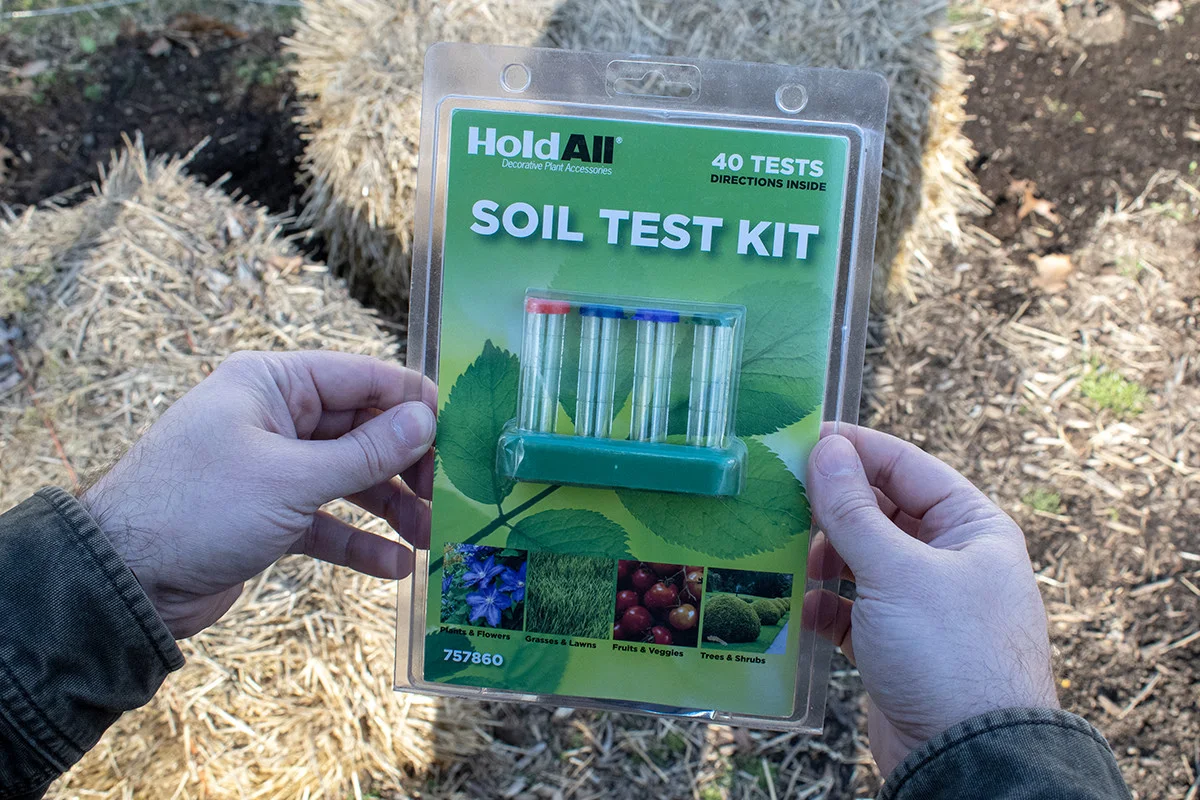
If you hang around Rural Sprout long enough, you’ll know I’m a huge advocate for getting your soil tested. It seems silly to start dumping all sorts of fertilizers on your plants without knowing what nutrients are already in your soil.
Soil tests are easy and inexpensive. You can get your soil tested by your local cooperative extension or by using any number of online companies that will do lab testing.
2. Trying to Grow the Wrong Plants for Your Climate
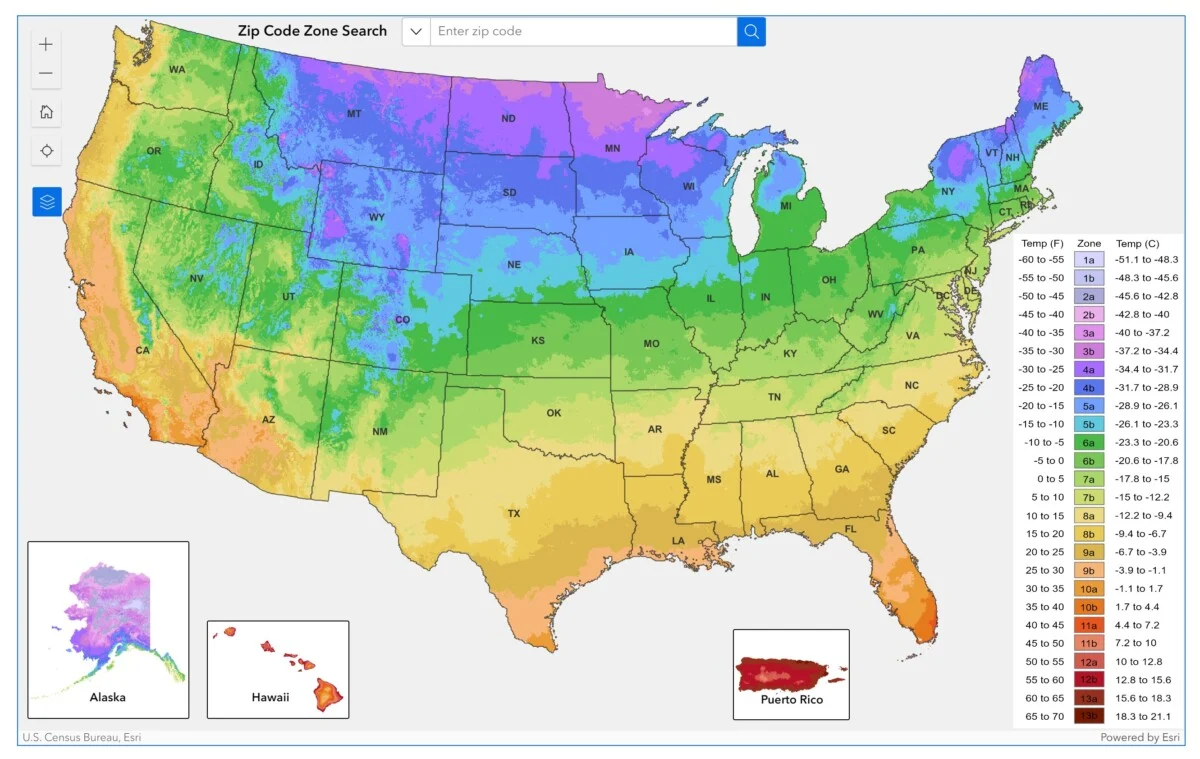
The USDA Hardiness Zone Map is one of the most important tools a gardener can use. This important data will tell you roughly how long your growing season is. You can use this to figure out which vegetables will do well where you live.
It can be difficult to grow long-season crops such as eggplants and indeterminate tomatoes in zones that have a shorter growing season.
Seasoned gardeners who are nodding their heads knowingly would do well to check the USDA Hardiness Zone map, too. It was recently updated, and half the country was reclassified. You might be surprised to find your growing season has been extended.
3. Planting Vegetables in the Wrong Spot in Your Garden
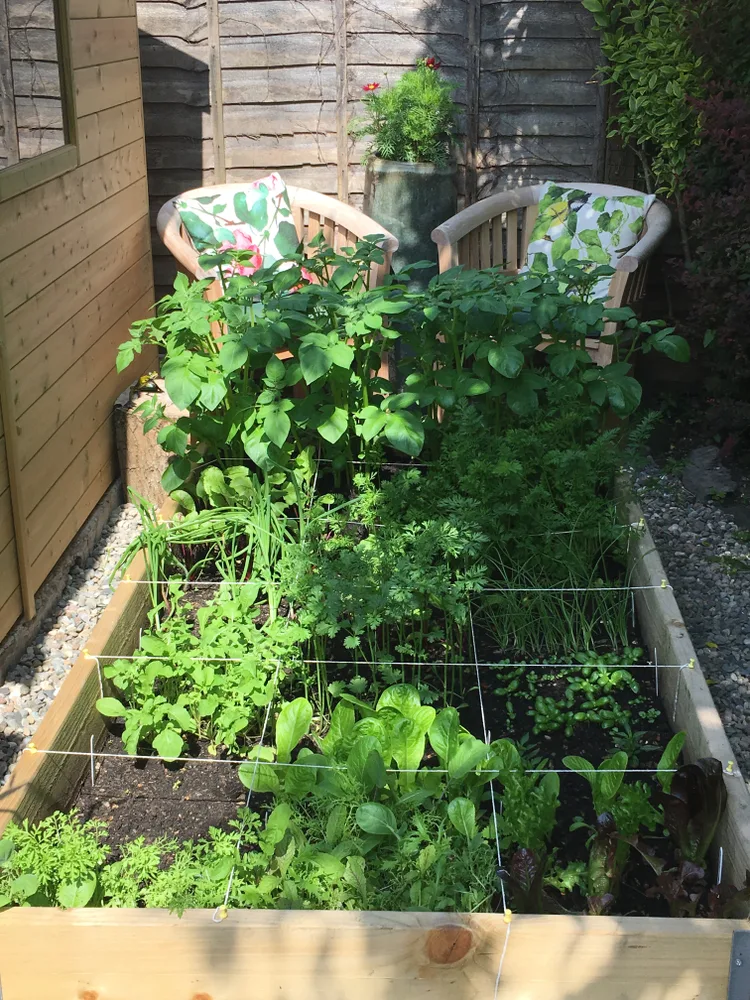
I have to admit, I do this one from time to time.
Admittedly, we have a lot of parameters to juggle when planning our gardens. What plants should or shouldn’t go next to one another, what was planted in this spot the previous year, how big is the mature plant going to be, and shade from nearby trees or structures – these are all considerations that need to be made when deciding where to grow vegetables within a garden.
It’s best to plot out your plans on paper or in a garden planning app well before the season starts. This gives you the ability to visualize your finished garden and make changes before plants are in the ground.
4. Growing the Wrong Vegetables for Your Soil
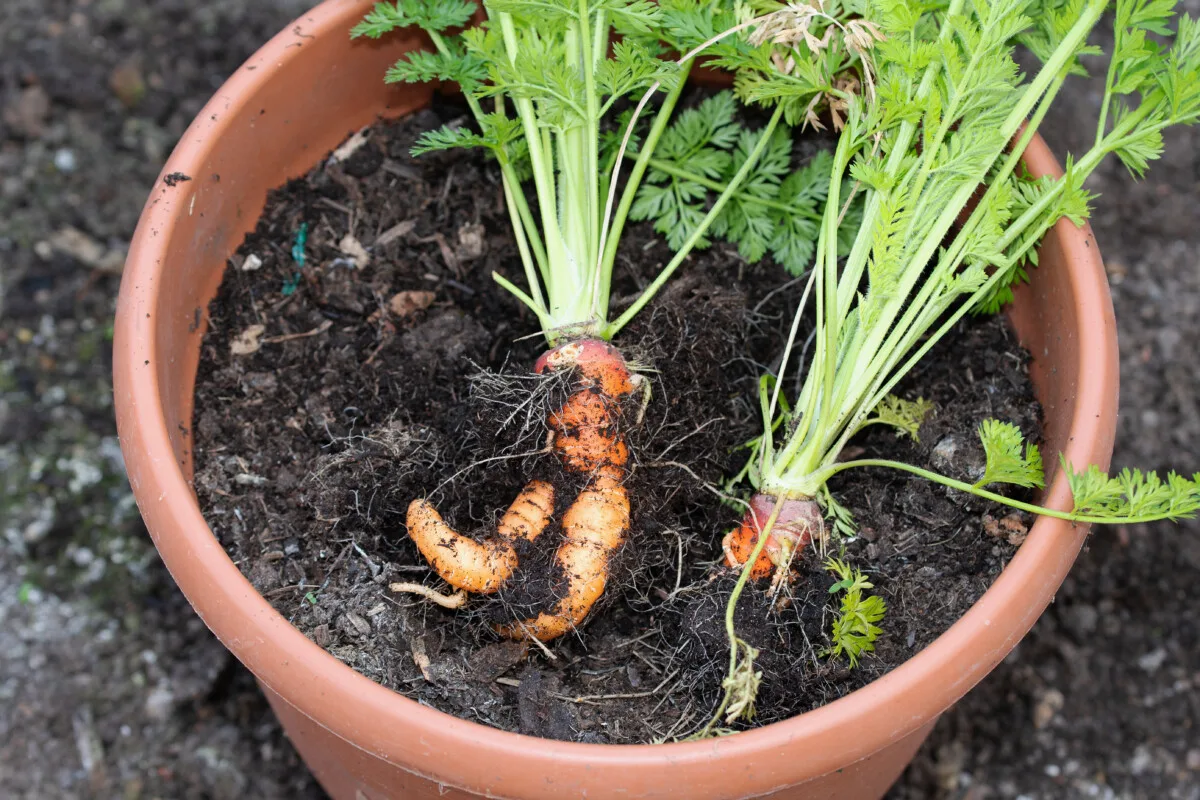
Getting your soil tested goes beyond knowing what nutrients are present. You also need to know the pH of your soil. Is your soil sandy or full of clay? Loamy? Does your soil drain well? Here are three soil tests you can do right at home to help you find out.
These are all factors you need to keep in mind when choosing what you will grow.
If your soil won’t support many of the vegetables you’d like to grow, then it’s time to start looking into ways to improve it or decide if raised beds might be a better option for you.
5. Growing Vegetables You Won’t Eat
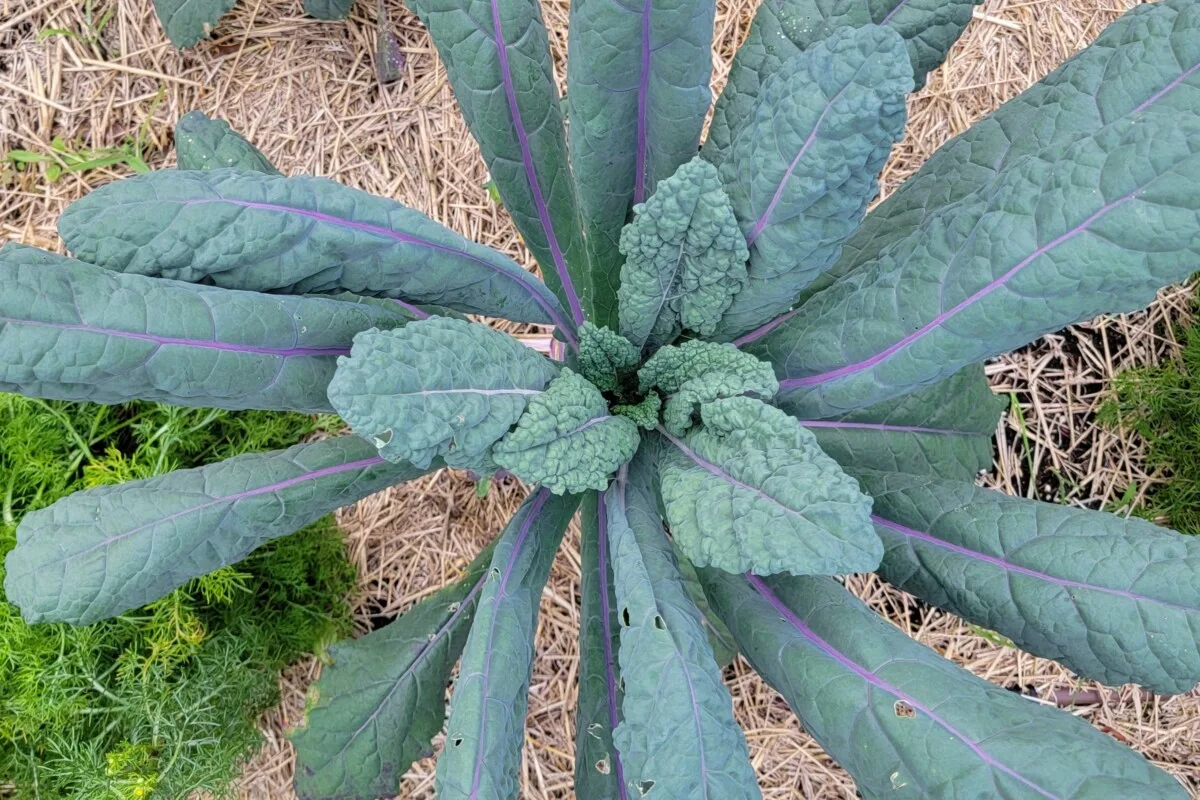
Laugh if you will, but more of us gardeners do it more than we’d care to admit. If you love the idea of kale more than you love eating it, save that precious garden space for something you truly enjoy.
Likewise, if you’re the only tomato lover in a household full of people who can’t stand tomatoes, then maybe growing six different varieties of tomatoes isn’t the best way to use your garden space. Gardening is a lot of work. You should enjoy what you work so hard to grow.
New Garden Setup
6. Digging a New Garden
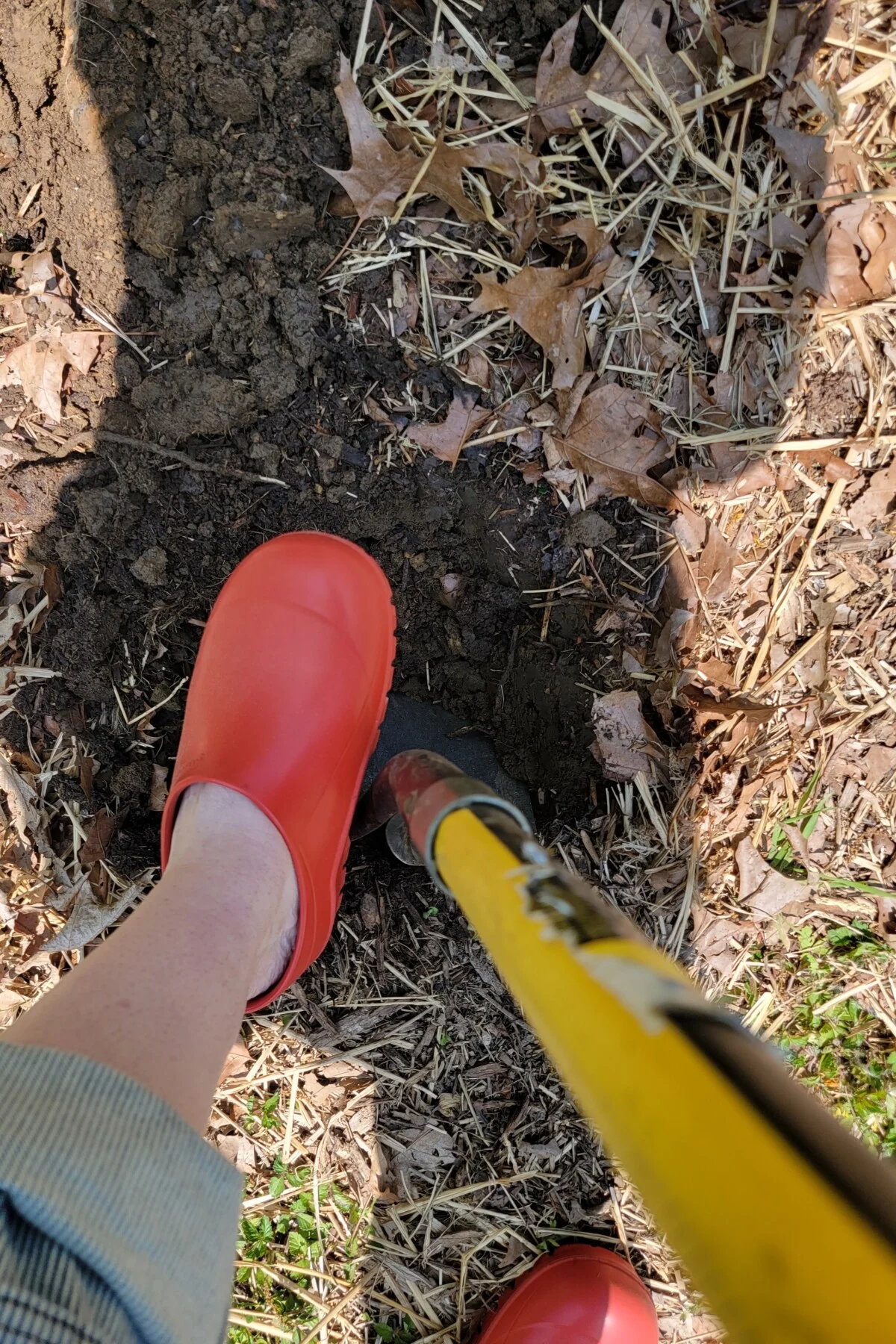
Far too often, new gardeners assume a new garden means hours of back-breaking work digging up the sod to create a vegetable patch.
Not only is this not true, but it’s actually worse for your garden if you do. If you’re looking at starting a garden directly in the soil, check out no-dig gardening. This method is much better for the soil and much, much easier on your back.
7. Choosing the Wrong Location for a Garden
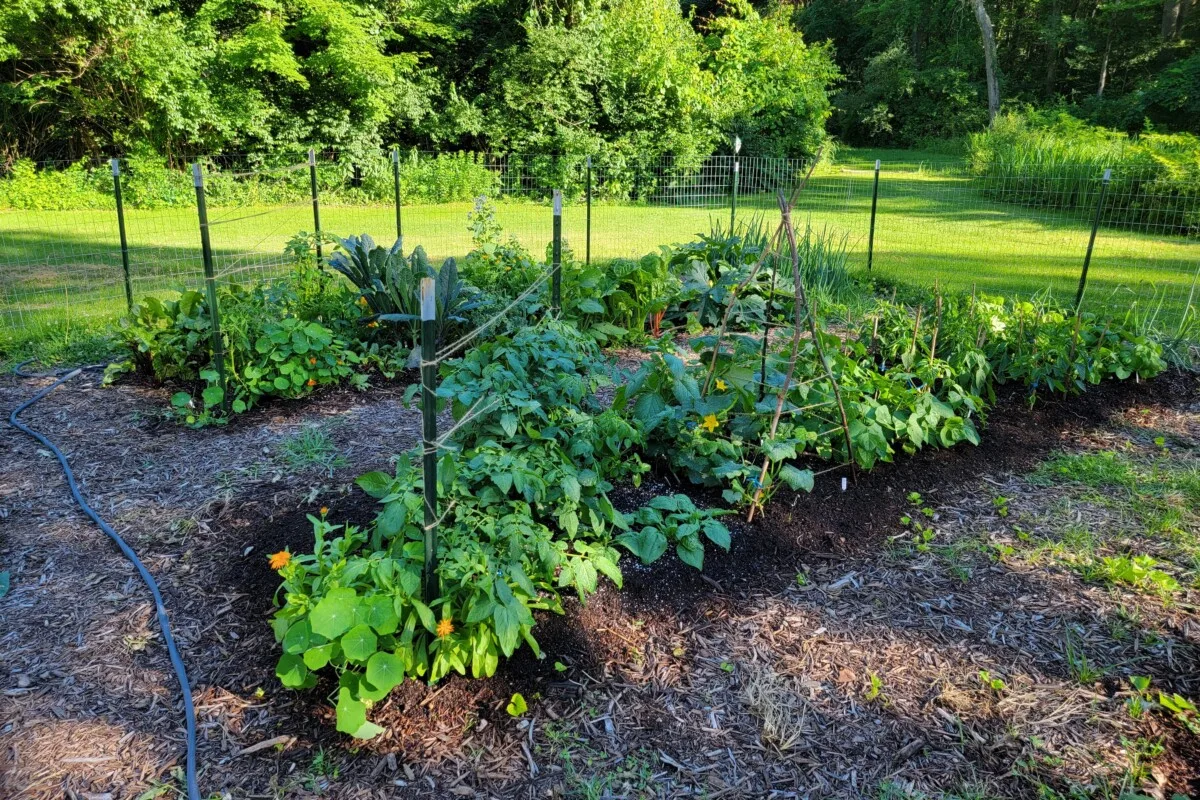
Did I ever tell you about the time I picked out the perfect spot for a new vegetable patch, only to have it shaded out for half the season when the nearby oak leafed out?
When choosing a spot for a new garden, it’s important to keep in mind how much sun it gets throughout the day as well as the growing season.
When it rains, do you get standing water where you want to put your garden? Will you have to walk quite a long way from the house to visit your garden? Can you easily get a hose to it if need be? These are all things to keep in mind when choosing the spot for a new garden.
8. Assuming You Need to Buy or Build Raised Beds
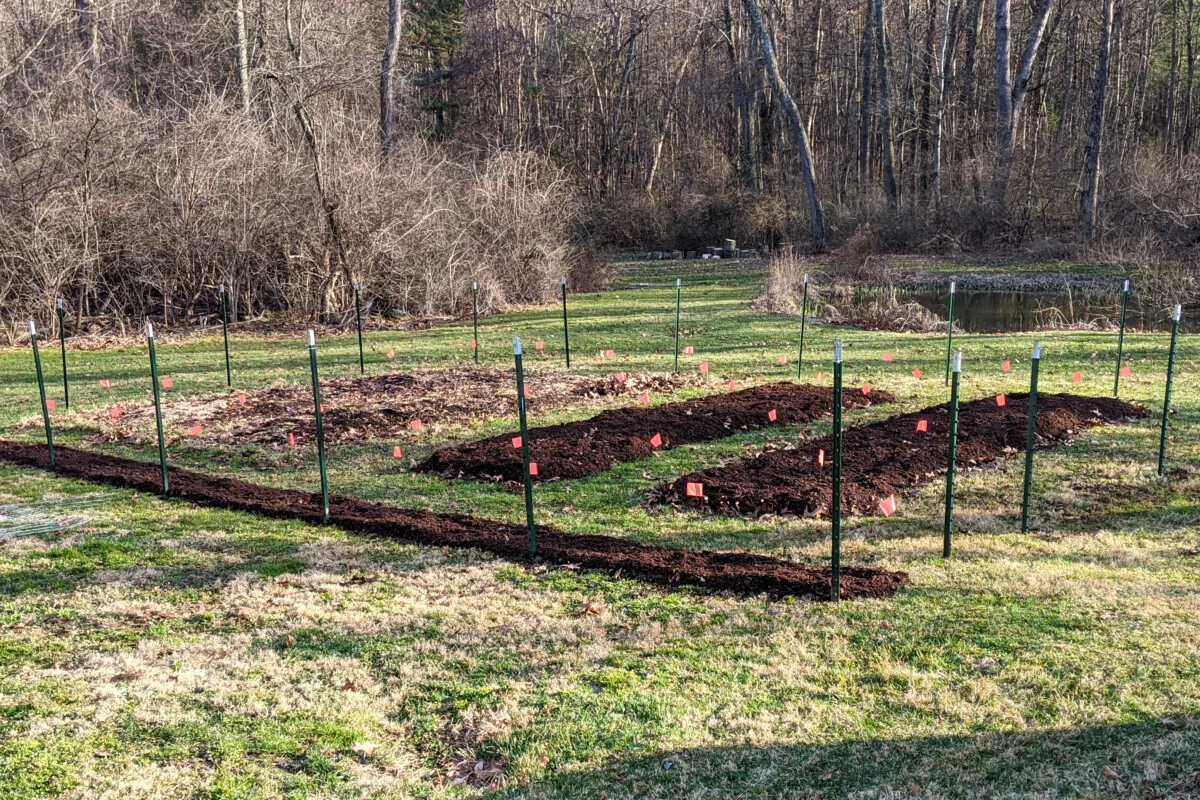
Raised beds are insanely popular among gardeners these days, to the point where most people immediately install them when starting a new garden.
The materials and kits can be quite expensive. It’s a good idea to see whether or not your existing soil is fine for growing vegetables before you consider raised beds. You can save yourself time and money by using the soil beneath your feet.
9. Building Raised Beds That Are Too Shallow
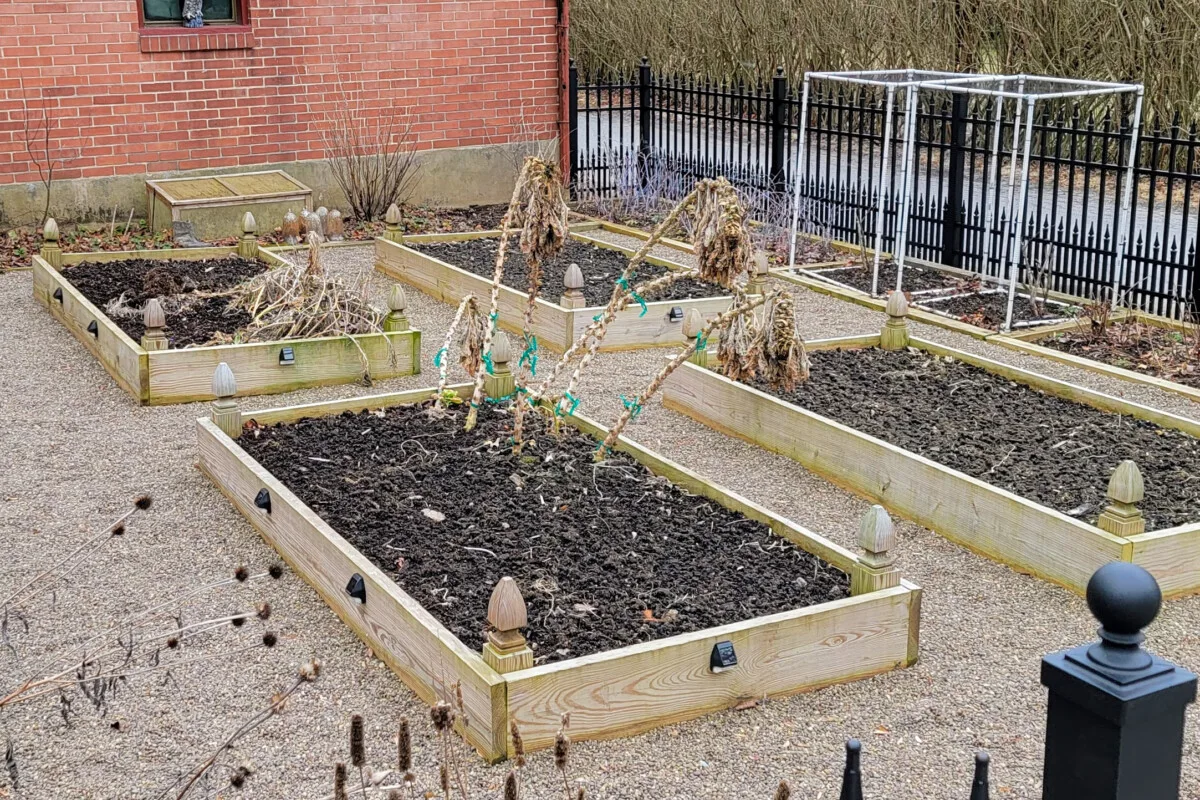
If you find that raised beds are the best option for your garden needs, be sure you choose beds that are deep enough to support large and deep root systems. Many of your favorite vegetables need to be able to send roots deep into the soil to support the plant growth above ground.
Building raised beds that are too shallow can stunt plant growth and lead to poorly plants that need to be watered more frequently as well.
Starting Seeds
10. Buying Too Many or Not Enough Seeds
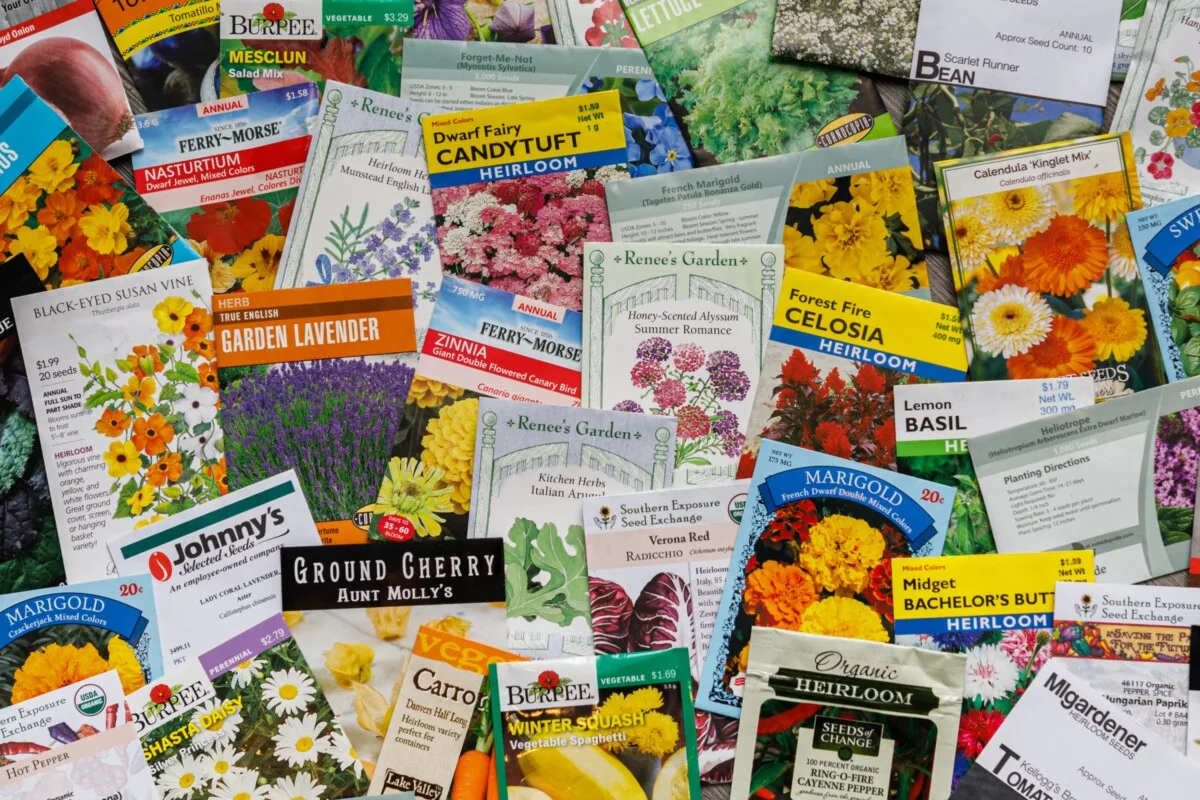
Look, I’ll be the first gardener to admit that when the seed catalogs show up in the middle of winter, I get a little overzealous in ordering. There are always so many new varieties to try!
But before you purchase seeds, it’s a good idea to have a list of what you need.
Knowing what your current seed inventory looks like, how much you plan on growing of each veggie and roughly how many seeds come in a packet will ensure you have the seeds you need at the start of the growing season.
And remember, if you have seed packets that are starting to get old, test a few seeds to see if they germinate well before the start of the season.
11. Using the Wrong Growing Medium to Start Seeds
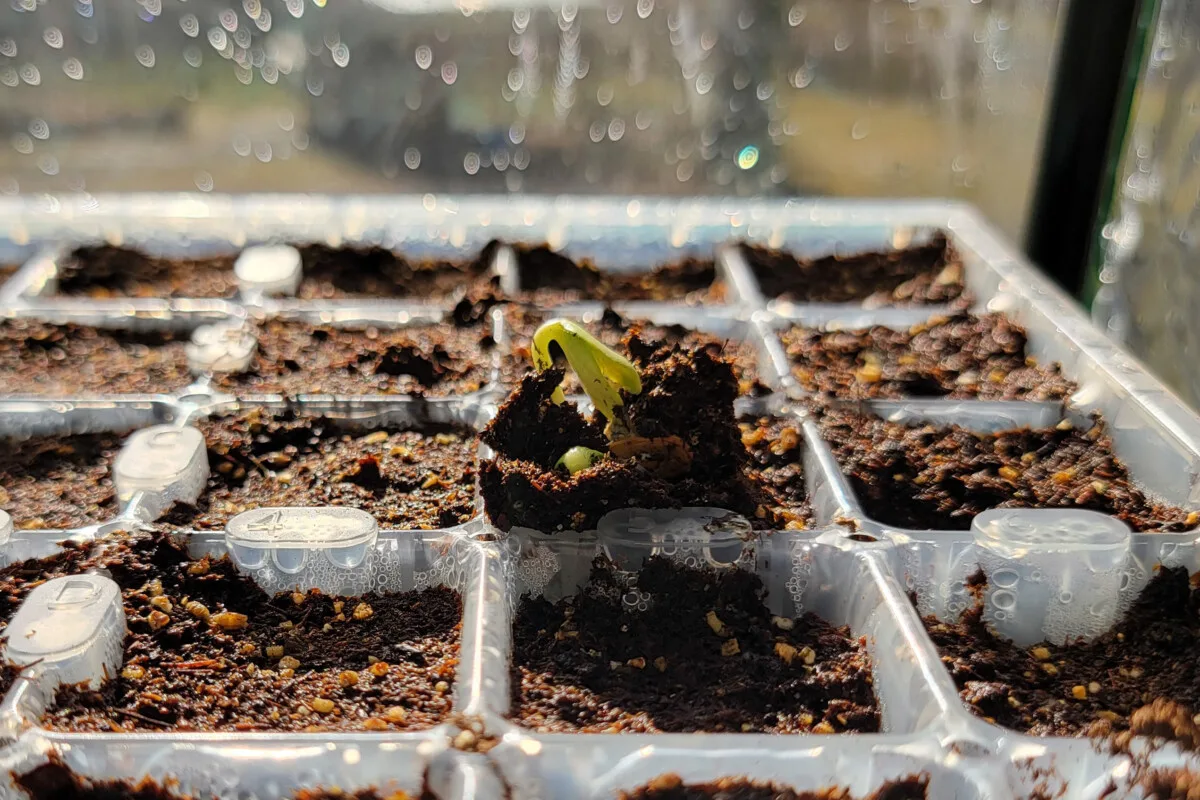
Potting mix is potting mix, right? Not where starting seeds is concerned. When germinating seeds, you want to use a potting mix made specifically for that purpose. Seed-starting mixes tend to be much more lightweight than other potting mixes. This allows for better germination rates as the soil won’t become too heavy and compact when wet.
If you’re a do-it-yourself kind of gardener, Madison has an excellent peat-free seed starting mix “recipe” that a lot of our readers swear by.
12. Sowing Seeds Outside Too Early
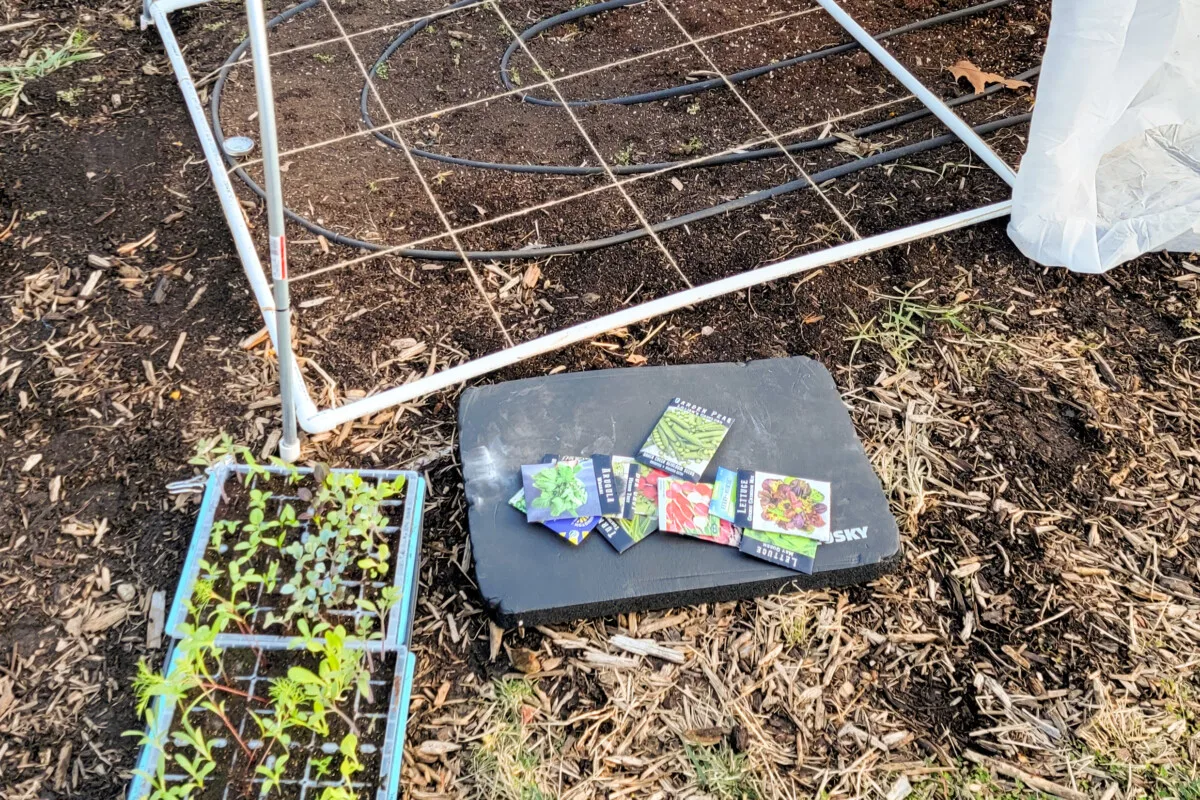
Overzealous gardeners get a little trigger-happy the closer we get to that final frost date. However, it’s still important to pay attention to when specific vegetables should be planted outside. Some veggies, such as your brassicas, are more cold-hardy and can be planted outside before that final frost. But even cold-hardy crops have limits.
Always check for direct-sowing guidelines on the back of the seed packet.
Planting seeds outside before it’s time can lead to the unfortunate discovery of a garden filled with dead seedlings from a surprise frost.
13. Sowing Seeds at the Wrong Depth
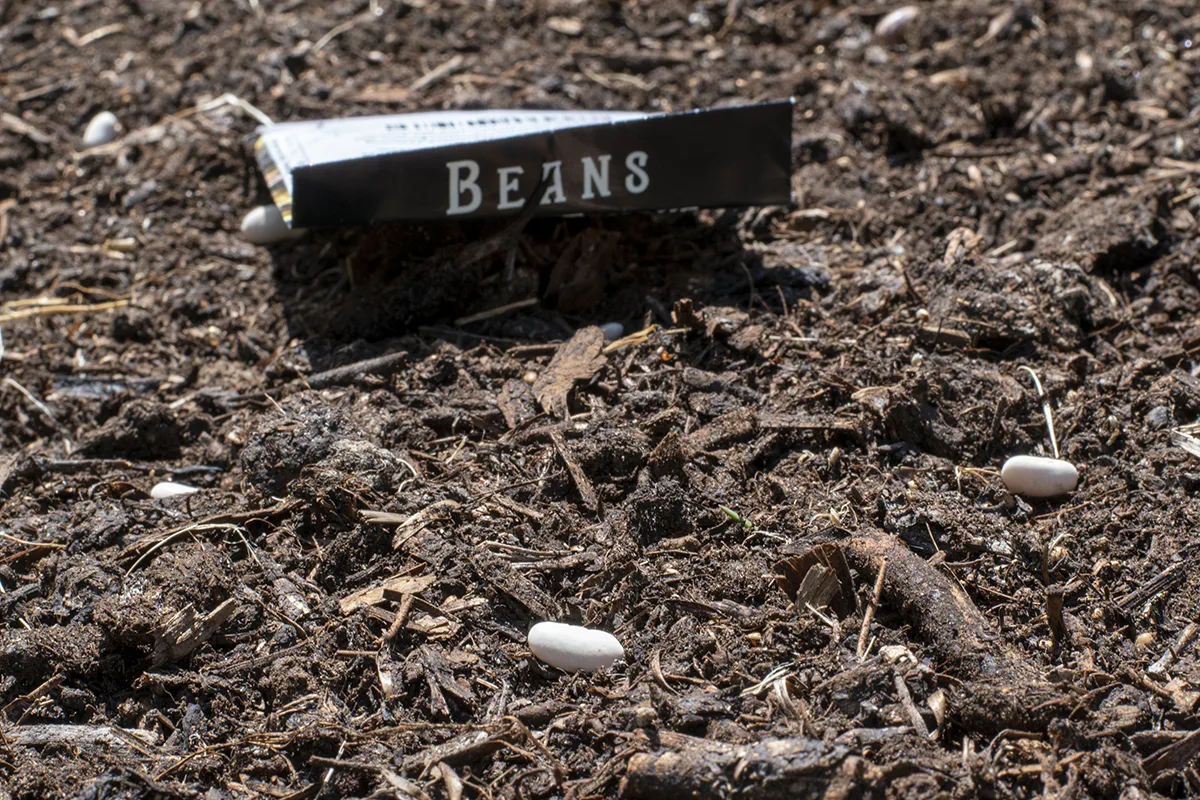
Planting seeds too deeply can deprive them of oxygen or light, which can lead to poor germination rates or the seeds not germinating at all. Check the seed packet for the correct depth at which each seed should be planted.
A great way to ensure you’re planting them at the right depth is to lay the seed on the surface of the soil and then cover it with the appropriate height of soil. I find this much easier than trying to poke seeds into the seed starting medium and hoping it’s the right depth.
14. Sowing Seeds in Soil That’s Too Cold
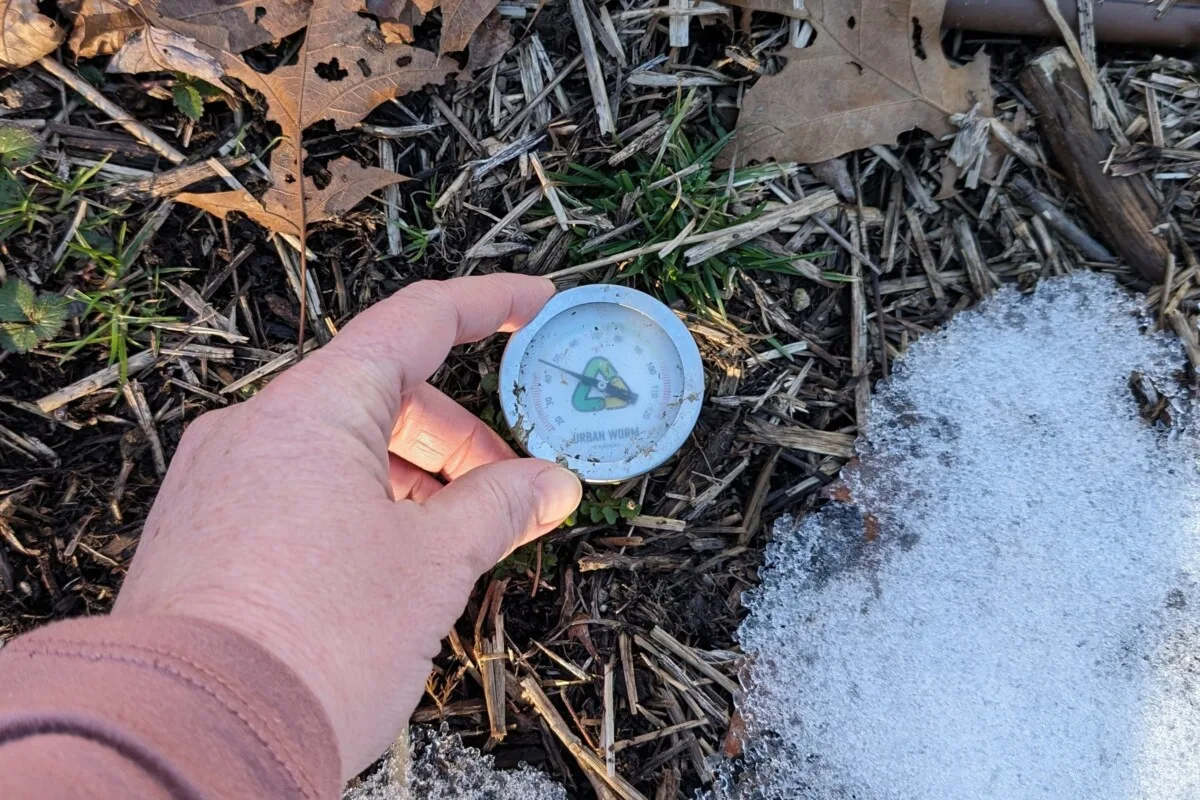
There are quite a few seeds that will germinate at cooler temperatures. But for the most part, even cold-hardy seeds will sprout faster with warmer temps. Then there are stubborn seeds, like peppers, that refuse to germinate unless they’re hanging out in a dirt sauna.
If you’re going to purchase one piece of kit for your garden, I highly recommend picking up a seedling heating mat. (This is the one I use.) These low-heat mats gently warm the soil beneath your seed starting trays, ensuring much higher germination rates as well as much quicker.
15. Starting Long-Season Seeds Too Late
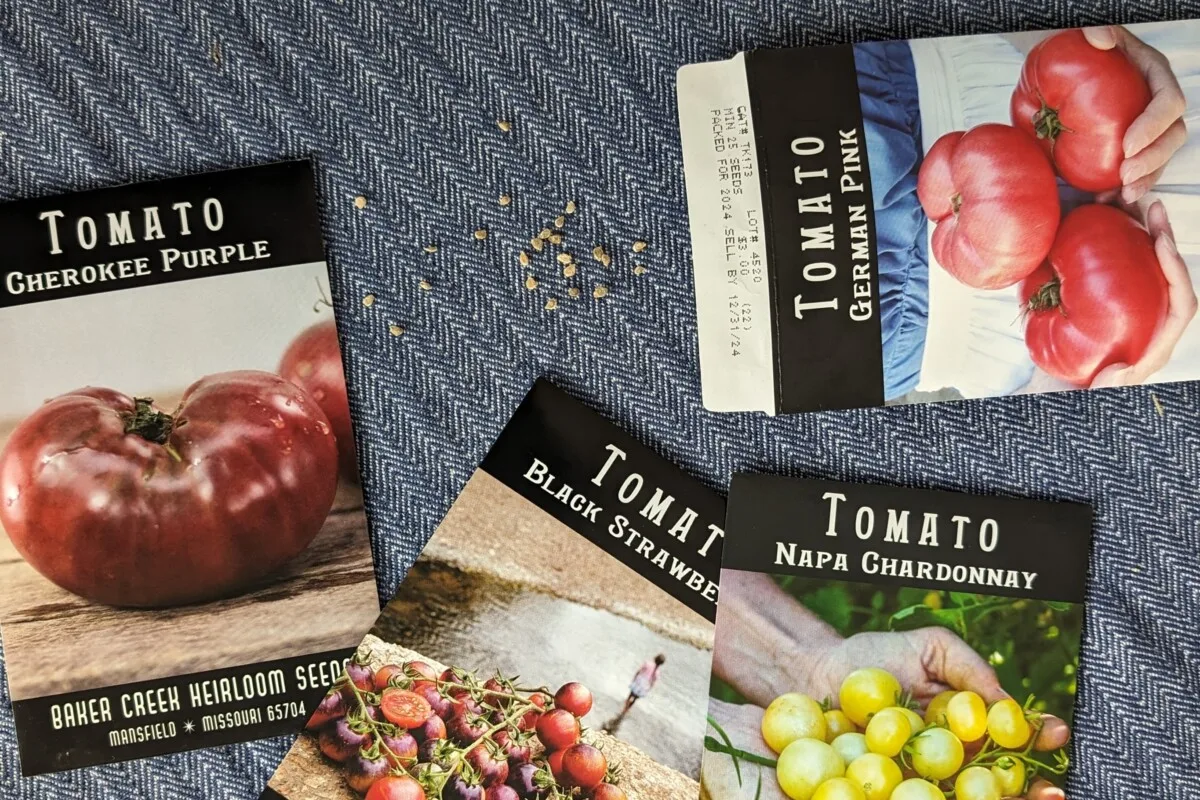
Unfortunately, if you live in an area with a shorter growing season, you need to get a jump on your season by starting seeds indoors. It’s important that crops like peppers, tomatoes and eggplants have plenty of time to mature inside before you plant them outdoors.
If you get your seeds started too late, by the time you plant them outdoors and they mature and bear fruit, you could be looking at the end of your season.
16. Watering Too Much
Seedlings have undeveloped root systems, so it’s important not to overwater them. They can only take up so much water before the roots “drown” due to a lack of oxygen. The seedlings will die off quickly.
Likewise, too much water can lead to a condition called damping off, in which the seed or stems of new seedlings will rot.
Check seedlings frequently to ensure the soil is moist but not overly damp.
17. Not Watering Enough
Just as you can overwater seedlings, those undeveloped root systems can get you into trouble if you don’t water enough.
Because the seedlings don’t have large root systems that have access to water in the ground, they dry out much quicker than you would expect. It only takes a few hours with dry soil before seedlings wilt. Much more beyond that, and you’re likely to lose them.
Again, check seedlings frequently, especially if you are using heat mats or grow lights.
18. Not Thinning Out Seeds
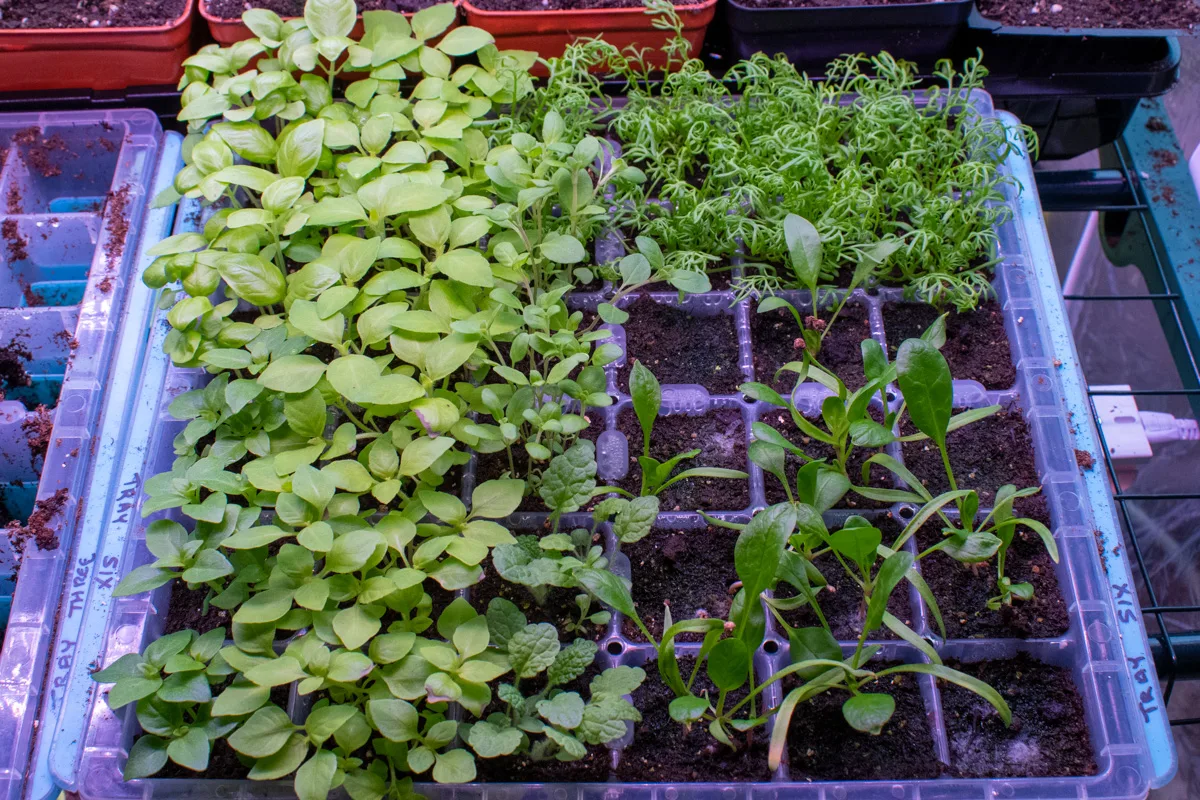
For some vegetables, such as carrots, radishes or lettuce, you plant more seeds than you will need and then thin out the extras once they have germinated. However, you have to remember to thin the seedlings out. Otherwise, the new plants will compete with each other for space, nutrients and light.
It doesn’t take long for those seedlings to get cramped.
Generally, it’s best to thin out extra seedlings about two weeks after germination. Gently pinch and pull the unwanted seedlings out, being careful to get the root.
19. Not Providing Enough Light
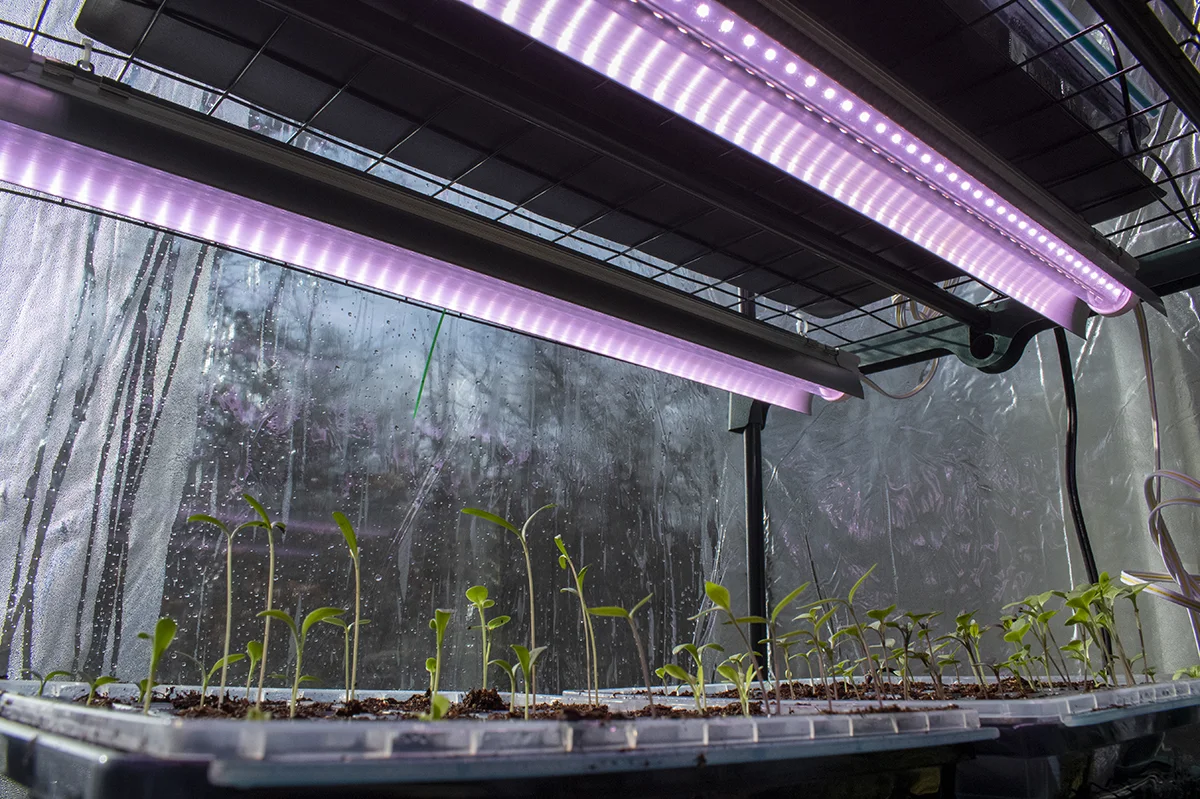
This is a classic beginner mistake. We’ve all heard stories of someone we know starting seedlings on their windowsill. While it can be done far too often, the resulting seedlings are leggy, thin and very pale.
Plants need much more light than you realize, and we’re pretty bad at estimating how much light they’re getting on our windowsill. New plants need between 6-10 hours a day of bright sun.
Thankfully, LED grow lights are quite inexpensive these days, making it much easier to provide the necessary light to grow healthy seedlings.
20. Not Hardening off Seedlings Before You Transplant Them
Seedlings that have been started indoors need a chance to acclimate to outdoor conditions before being planted. This is called hardening off. You’ll need to bring seedlings outdoors for a short time each day over a few days to allow them to toughen up a bit.
You can read more about the best way to harden off seedlings here.
In the Garden
21. Not Preparing Frost Protection
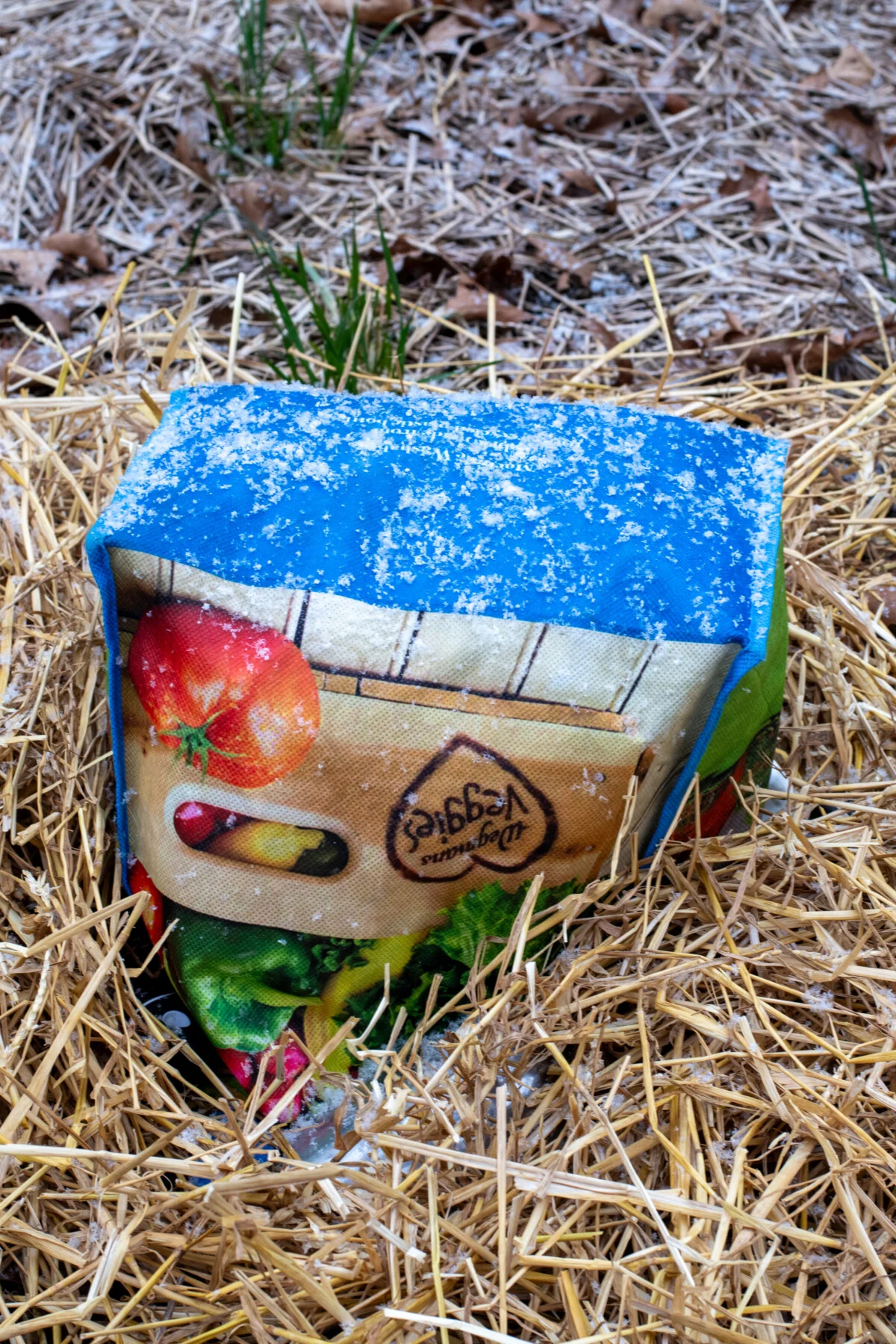
In the spring or fall, you should have what you need on hand to protect your plants from a frost before you need it. It never fails; if there’s a surprise frost, the traffic to our frost protection articles skyrockets from gardeners hoping to save their plants.
Instead, be sure you have what you need ready before you need it. Keep in mind what you need in the fall is a little different than what you need in the spring.
22. Not Taking Advantage of Succession Planting
As a beginning gardener, you’ll quickly learn that some veggies only take a month or two to grow, and suddenly, you’ve got a bare spot in your garden. (That’s not a good thing, but we’ll get to that later.)
Take advantage of every square inch of your garden all season long by planting a new crop where you’ve finished harvesting another. This is called succession planting, and you can check it out here.
23. Planting Vegetables Near Plants that Can Harm Them
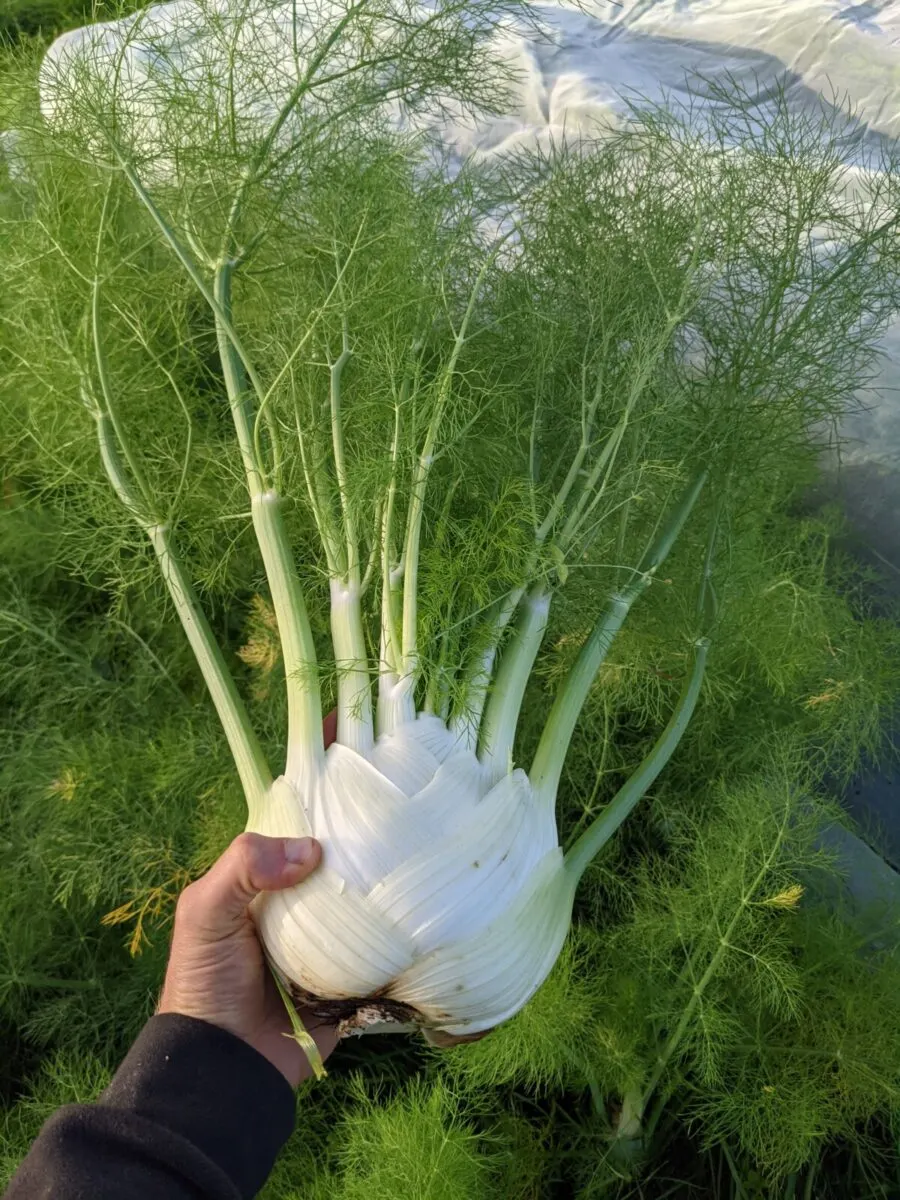
Some plants like to play dirty. Some plants produce natural compounds in the soil that can slow the germination rates of nearby plants, stunt plant growth or even prevent nearby plant’s roots from taking up nutrients.
These plants are allelopathic, and you might be surprised to know that we grow a few in our gardens. You can learn which ones need a time out in their own space by reading Fawn’s piece on allelopathic plants.
24. Leaving Bare Soil/Not Mulching
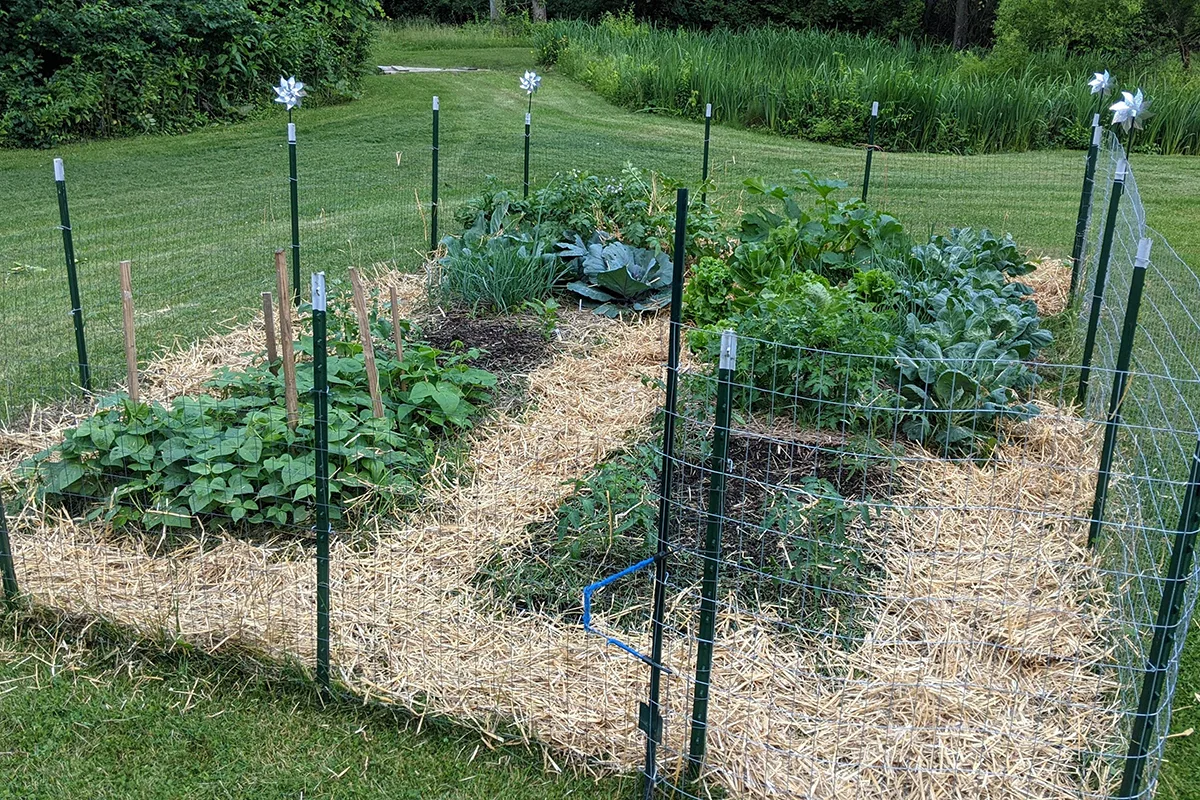
Bare soil is an open invitation to weeds and soil erosion. If you don’t plan on succession planting, then you need to be sure you keep bare soil mulched. It will save you plenty of headaches in the long run.
Mulching also helps to keep moisture in the ground, so plants need to be watered less frequently.
25. Not Putting Nutrients Back in the Soil
If you’re going to grow vegetables year after year on the same plot of land or raised bed, then you have to give back. Your plants need nutrients to flourish and provide a harvest. It’s our job as gardeners to put those nutrients back.
Adding compost, leaf mold and other organic matter each season can help to add nutrients back to your soil. Also, consider leaving plants to break down back into the soil at the end of the season.
26. Not Pruning Plants
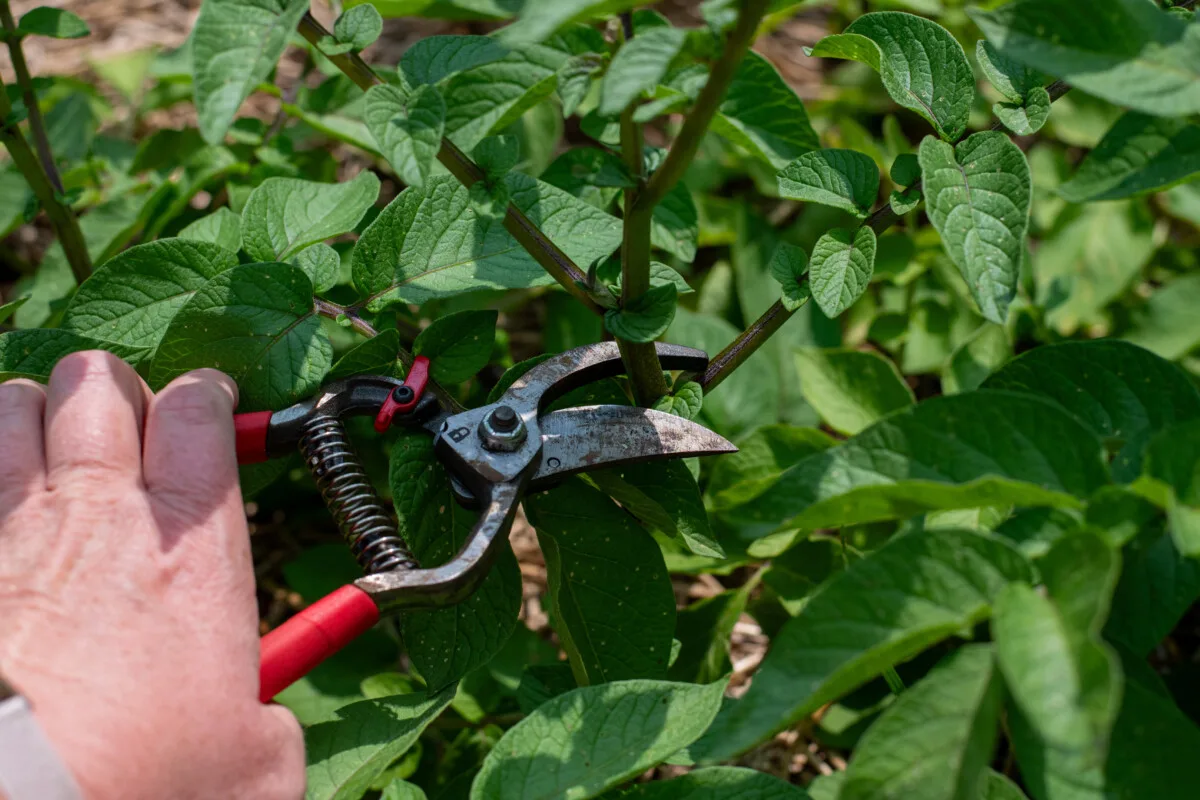
You might be surprised to know many vegetables we grow benefit from a bit of pruning and shaping throughout the season. Quite a few popular vegetables are vining, such as your squashes and indeterminate tomatoes. Others can be encouraged to grow bushier by pinching back the first flowers, such as peppers. Pruning vegetables often leads to sturdier plants that put out bigger yields.
Take some time to learn which vegetables and herbs growing in your garden will need to be pruned and when to prune them.
27. Not Picking Produce Often Enough
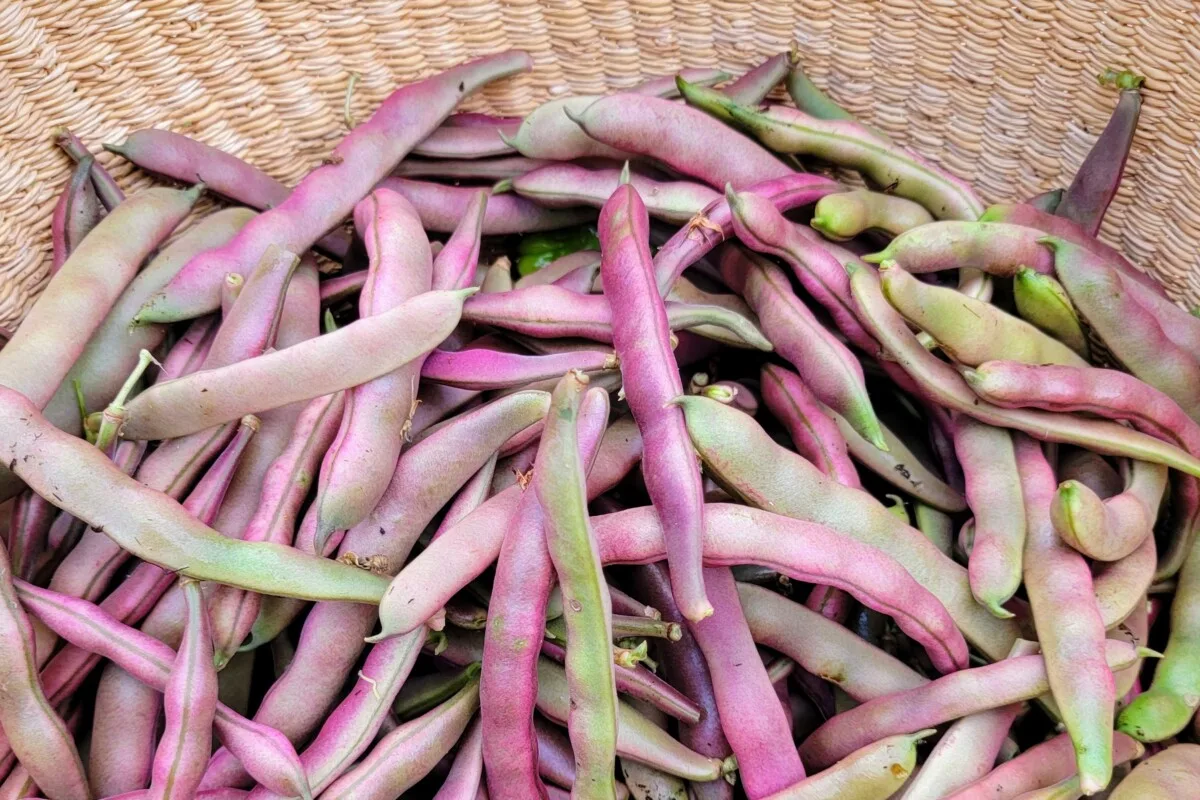
Once your garden starts producing, it’s important to get out there and pick, pick, pick! Most plants will slow down or even stop producing fruit if it stays on the plant too long. To encourage a bountiful harvest, you need to pick often.
For plants like tomatoes, it’s also best not to let the fruit fully ripen on the vine. Tomatoes will continue to ripen off the vine, and picking the fruit a little early saves the plant energy.
28. Not Taking Advantage of Growing Vertically
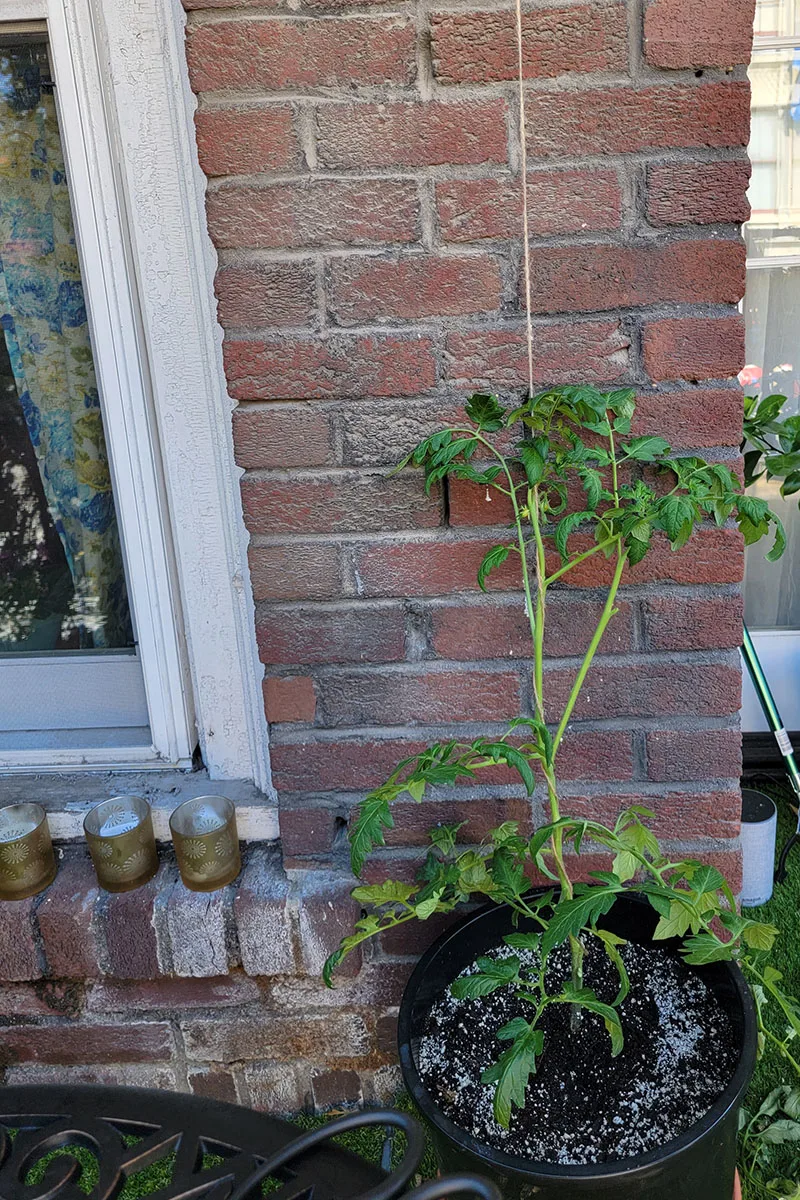
Those with small gardens need to take advantage of growing vertically to maximize their space. Even if you have a sprawling garden, growing certain plants vertically has benefits. It’s much easier to harvest fruit if you don’t have to bend down to pick it. Growing vegetables up off the ground protects them from disease and certain pests. Vertical plants can create small areas of shade for plants that could use a little shelter during the hottest part of the day.
29. Accidentally Killing Important Pollinators or Beneficial Insects
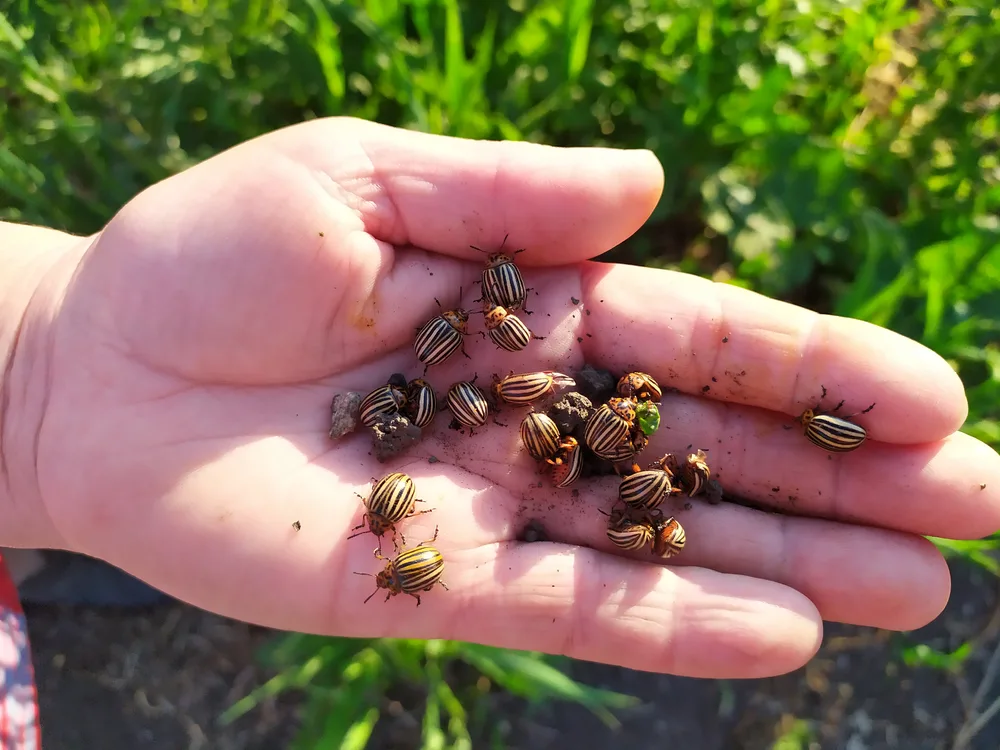
When it comes to insects, we’re far too quick to get rid of them, especially when they’re near our favorite plants. But reaching for a bottle of pesticide can harm the good guys as well as the bad guys. Believe it or not, a garden filled with insects is a much healthier garden. There are so many beneficial insects out there that will happily eat the insects causing you grief. You need a garden filled with bugs to enjoy a garden filled with vegetables.

Get the famous Rural Sprout newsletter delivered to your inbox.
Including Sunday musings from our editor, Tracey, as well as “What’s Up Wednesday” our roundup of what’s in season and new article updates and alerts.

